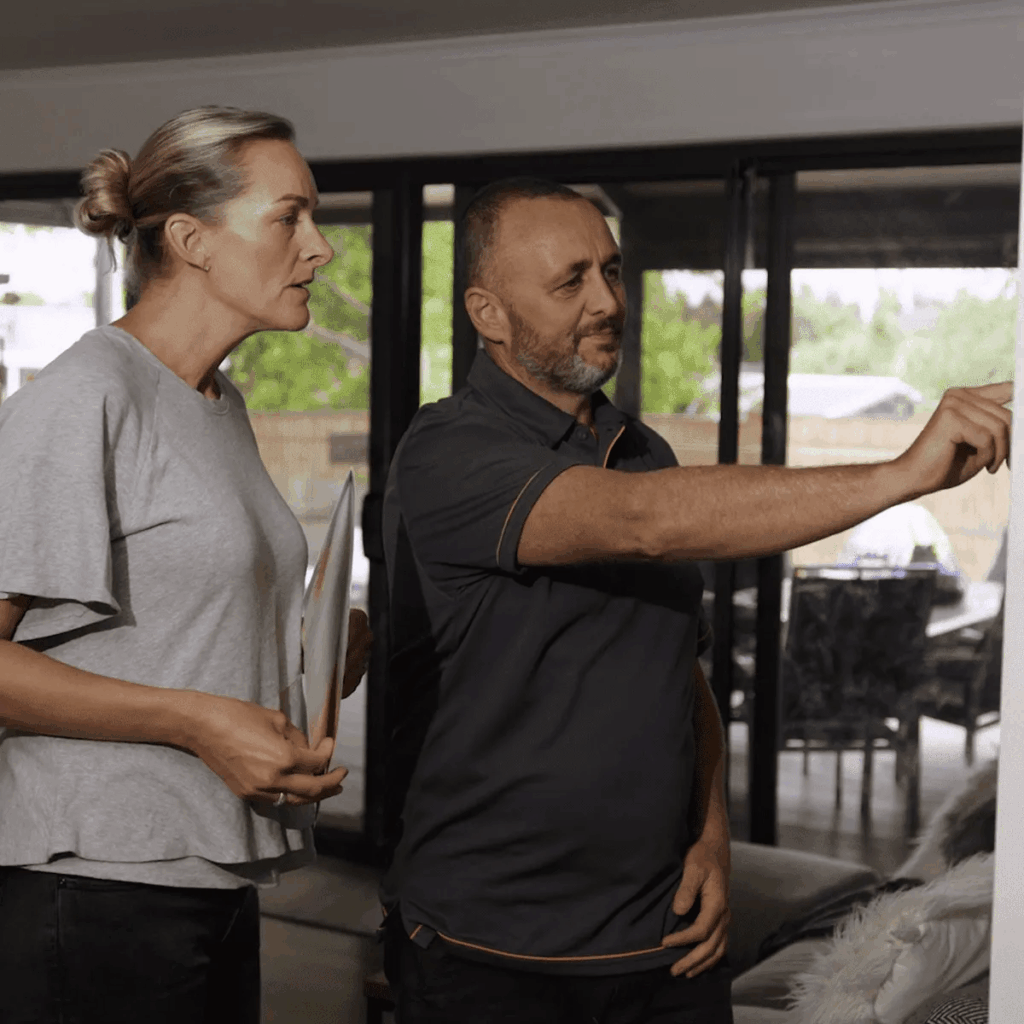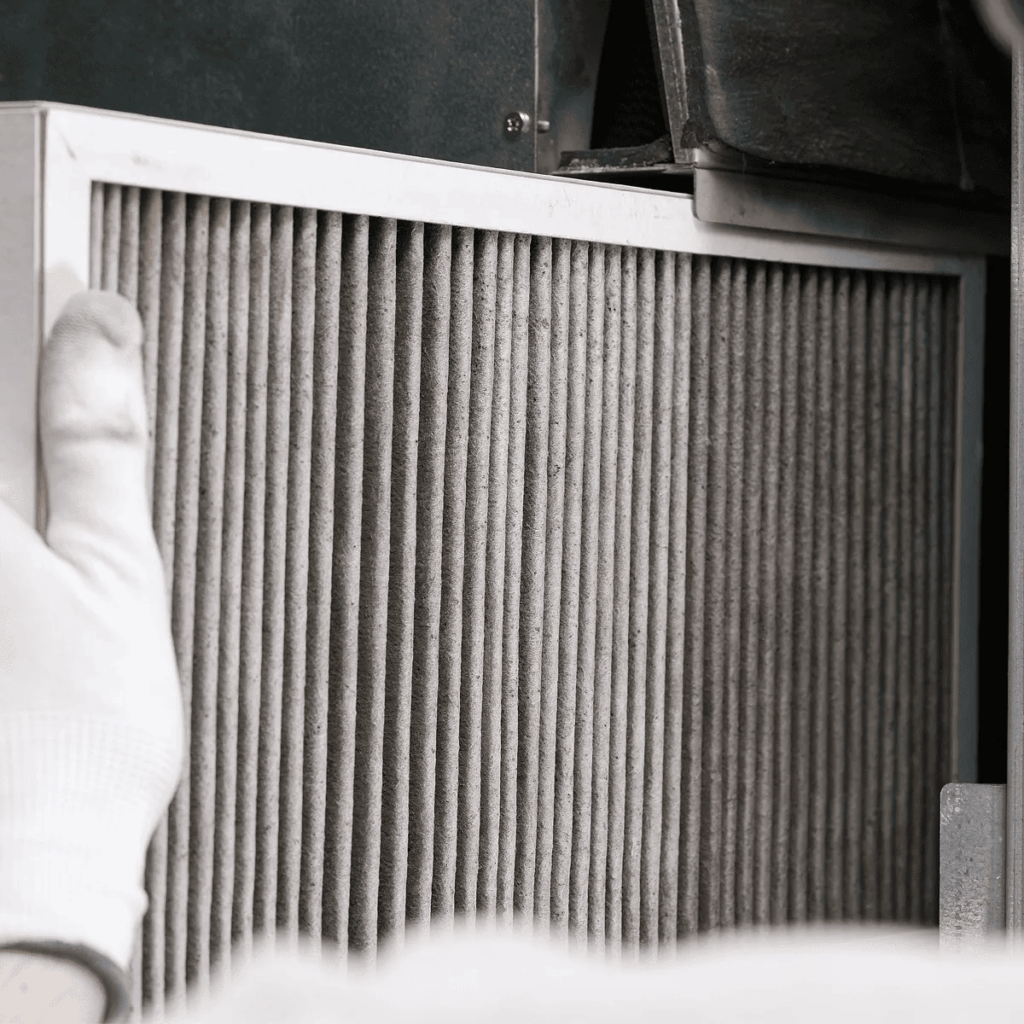
Is your heater ready for winter — and more importantly, is it safe? Before cold weather sets in, it’s essential to make sure your home heating system isn’t just working, but operating safely. Many homeowners don’t realise that neglected heaters can pose serious risks, from gas leaks and carbon monoxide exposure to fire hazards and poor indoor air quality.
Getting ahead of these problems with pre-winter heating repairs and maintenance is one of the simplest and most effective ways to protect your home and your family. It’s not just about comfort — it’s about safety and long-term peace of mind.
Why Heating Safety Should Be a Priority Before Winter
During winter, your heater runs more often, for longer periods. That increased usage puts stress on the system — especially if it hasn’t been inspected or cleaned recently. Over time, wear and tear can lead to faults that quietly compromise safety.
Common heating dangers in Australian homes include:
- Carbon monoxide leaks from gas heaters
- Fire hazards caused by dust build-up or electrical faults
- Overheating and blocked airflow
- Unfiltered allergens and poor ventilation
- Outdated systems missing modern safety features
The risks are real, but preventable. That’s why early-season servicing and repairs are recommended by both heating professionals and safety regulators across Australia.

Is My Heater Safe to Use? 5 Signs You Shouldn’t Ignore
If you’re wondering whether your heating system is due for a check-up, watch out for these common warning signs:
- Odd smells (burning, musty or gas-like odours)
- Strange sounds like buzzing, banging, or whirring
- Short cycling — the heater turns on and off frequently
- Cold spots or inconsistent heating in certain rooms
- Higher-than-usual power or gas bills
Even if your system still turns on, these signs often point to hidden faults that affect safety and efficiency. If you’ve noticed any of these, don’t wait — book a heating inspection and repair service before the cold really sets in.
Carbon Monoxide Leaks: The Hidden Threat in Gas Heaters
Carbon monoxide (CO) is an invisible, odourless gas that can be lethal if it builds up indoors. Gas heaters, especially older or unserviced ones, can leak CO due to cracked heat exchangers or faulty flues.
Symptoms of carbon monoxide exposure include:
- Headaches
- Dizziness
- Nausea
- Chest tightness
- Confusion
- Loss of consciousness
Unfortunately, most people don’t realise they’ve been exposed until it’s too late. That’s why a professional pre-winter gas heater safety check is essential for households using gas-based heating.
Technicians use specialised tools to detect CO, test ventilation, and make sure your heater complies with modern safety standards. For homes with children, elderly residents, or people with health conditions, this step is non-negotiable.
Fire Risks from Dust and Electrical Faults
Is it safe to leave the heater on overnight? If your system hasn’t been cleaned or checked in a while, the answer might be no.
Heaters collect dust, lint, pet hair, and other flammable material — especially when sitting unused over summer. When the system fires up again in winter, that debris can heat up and, in some cases, ignite. Even reverse-cycle and electric systems aren’t exempt — they can overheat if airflow is restricted or wiring is compromised.
Electrical heating systems may also develop:
- Loose wires
- Burnt-out components
- Tripped breakers
- Faulty safety switches
A seasonal service before winter can reduce these fire risks dramatically. Your technician will clean out the build-up, test the wiring, and make sure every part of your system is safe to operate throughout the season.
Dirty Systems Can Circulate Poor-Quality Air
Heating systems affect your indoor air — for better or worse. If your heater is full of dust, mould, or bacteria, that’s exactly what it’ll circulate around your home every time it runs.
This is especially a concern in homes with:
- People who have asthma or allergies
- Young children or elderly occupants
- Pets (especially long-haired ones)
- Poor ventilation or sealed rooms
Pre-winter servicing includes filter cleaning or replacement, a check on ductwork, and airflow adjustments — all of which contribute to cleaner, healthier air in your home when windows stay shut during winter.
Older Heating Systems Pose Greater Risks
If your heater is more than 10–15 years old and hasn’t been serviced in a while, it’s more likely to develop dangerous faults. Older systems:
- Are less efficient
- May not meet current Australian safety standards
- Lack modern safety shut-off features
- Are more prone to electrical or gas issues
A qualified technician can assess whether your current unit is still safe to run, or whether it’s time to consider a more efficient, safer replacement.
The good news? Even if replacement is needed, catching it before winter means no emergency installation, and time to explore rebates or efficiency upgrades.

What to Expect from Home Heating Safety Services?
A thorough pre-winter heating maintenance and repair service for homes typically includes:
- Full system inspection (gas or electric)
- Carbon monoxide testing (for gas heaters)
- Electrical safety checks
- Filter cleaning or replacement
- Ventilation and airflow inspection
- Cleaning of fans, burners, and internal components
- Safety shut-off and thermostat function testing
- Gas pressure and ignition testing (for gas units)
Technicians will also make minor repairs or adjustments on the spot. If larger issues are found, they’ll provide a clear breakdown of recommended fixes.
Safety and Peace of Mind for the Whole Household
You check your smoke alarms. You lock your doors at night. But do you check your heater before winter?
Home safety isn’t just about security — it’s also about preventing invisible risks that come from inside your own walls. A faulty heater can be one of the most dangerous appliances in your home if left unchecked.





